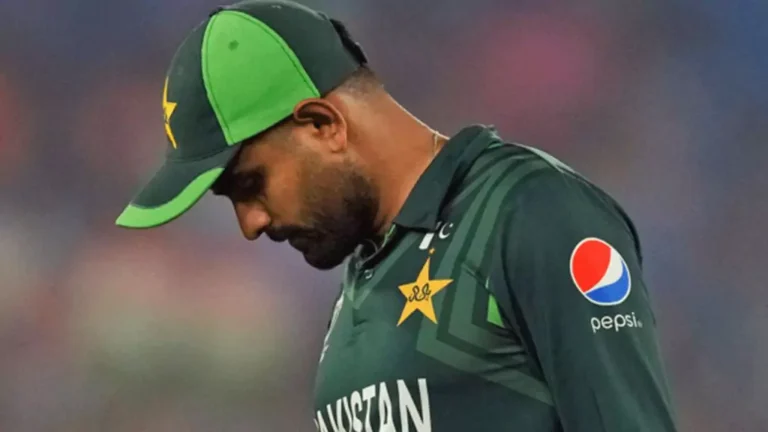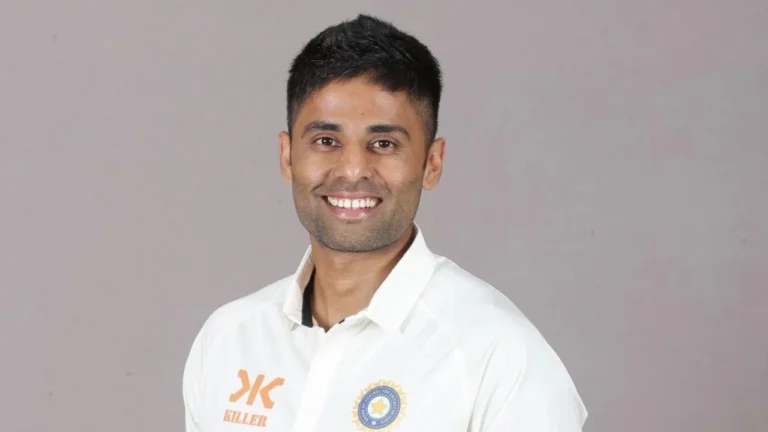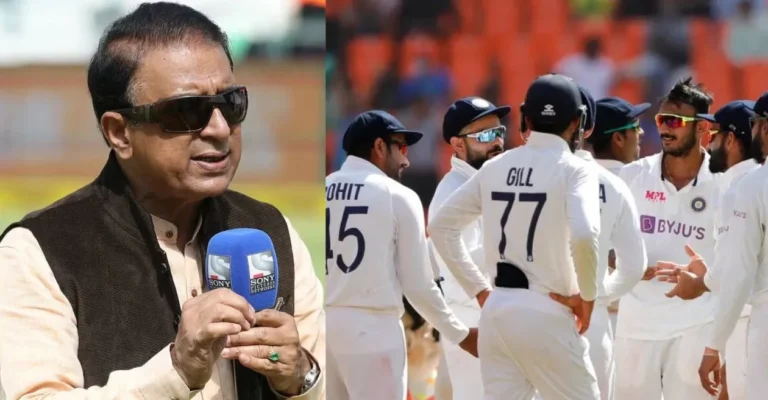If you’ve ever taken an interest in cricket, you’ve probably observed various formats of the game. However, you may not be aware of the differences between these formats. In this guide, we’ll take a deep dive into the World of cricket: A Comprehensive Guide to Different Cricket Formats.
Introduction
Cricket, played for more than a hundred years, is becoming increasingly popular as the second most liked sport worldwide. More people are becoming fans, and the game represents the rivalry between countries and shows good sportsmanship.
Each team will consistently comprise 11 players, with a total of 13 players on the field during a match, 2 representing the batting team and the remaining 11 from the fielding side. The game is overseen by two on-field umpires and a match referee who monitors the proceedings.
The Different Formats Of Cricket
Cricket has evolved from Test cricket, a traditional and leisurely version where matches could extend up to five days. However, the demand for a faster and more dynamic style of play led to the introduction of One Day Internationals (ODIs) in the 1970s.
In recent times, the shortest and most explosive format, Twenty20 (T20), has gained widespread popularity. T20 matches are restricted to just 20 overs per side, ensuring a thrilling and action-packed spectacle that appeals to a broader audience.
Test Cricket
Test cricket is the oldest and longest form of the game, dating back to the 19th century and lasting up to five days. In a Test match, each team gets two chances to bat, and the one with the most runs wins. Players wear white, and red cricket balls are used. The main goal is for bowlers to get batsmen out, and wickets are most important.
After the first inning, teams switch roles, the batting team becomes the fielding team and vice versa. This switch adds a layer of challenge as teams must handle both batting and bowling.
Test matches are considered the ultimate challenge for players, testing not just their skills but also their stamina and mental strength. The longer duration allows teams to recover, plan carefully, and display their cricketing abilities thoroughly.

One Day International (ODI)
One Day Internationals (ODIs) are a popular form of cricket known for their quick gameplay. As the name suggests, these matches finish in a single day, and each team gets 50 overs.
ODI cricket is well-known for its high scores and exciting endings, where teams often aim to achieve or chase big targets within the given 50 overs. In contrast to Test cricket, ODIs have a time limit, urging players to perform at a faster pace.
The time constraints in ODIs add pressure on players to perform efficiently, making every run and wicket crucial in determining the outcome of the match.
The format allows for a fine balance between batting and bowling skills, making ODI cricket an exciting and unpredictable spectacle. This format provides a good balance between batting and bowling, allowing both bowlers and batsman plenty of chances to display their skills.
T20 Matches
T20 cricket has gained massive popularity recently due to its high-speed and thrilling gameplay. Unlike regular matches that can stretch up to five days, T20 games wrap up in just a few hours, making them easily accessible for fans with busy schedules.
In T20, each team is limited to playing only 20 overs, creating a sense of urgency and boosting the intensity of both batting and bowling strategies.
These matches often showcase international teams, providing an exciting opportunity for fans to witness their favorite players from around the world going head-to-head.
To sum it up, T20 cricket offers a uniquely electrifying form of the game that continues to captivate fans on a global scale.
The Hundred
The Hundred is a new and different kind of cricket introduced by the England and Wales Cricket Board (ECB) in 2021.
It’s not like the usual cricket you might know, such as Test matches or One Day Internationals. In The Hundred, each team gets 100 balls to bat, making the game shorter and easier for more people to enjoy.
It involves eight city-based teams for both men and women, and players from all over the world, as well as local players, take part.
The Hundred has its own special rules, like changing ends after ten balls and having strategic time-outs to make it more exciting.
Conclusion
In conclusion, looking at the different ways cricket is played shows that it’s a changing and exciting sport that suits different tastes. From the classic and thoughtful Test cricket to the quick and thrilling T20s, each style adds something special to the game.
One Day Internationals (ODIs) find a middle ground between the two, letting teams show off their skills in a shorter time. The new formats like The Hundred show that cricket can adapt to include more people.
As cricket keeps trying new ways of playing, it remains an interesting and enjoyable game that brings fans together worldwide.
Whether you prefer the longer matches of Test cricket or the fast action of T20s, there’s a cricket style for every fan.
Frequently Asked Questions (FAQS)
1.What is Test cricket, and how is it different from other formats?
Test cricket is the oldest format, lasting up to five days with each team getting two innings. It focuses on strategic play and suffering, unlike shorter formats like T20s or ODIs.
2. How does One Day International (ODI) cricket differ from Test cricket?
ODIs are shorter, completed in a day with each team playing 50 overs. It’s known for its high-scoring nature, strategic time limitations, and a dynamic balance between batting and bowling.
3. What makes Twenty20 (T20) cricket unique, and why is it so popular?
T20 cricket is the shortest format, limited to 20 overs per team. Its popularity arises from fast-paced action, aggressive batting, and the potential for high-scoring yet quick matches.
4. Can you explain The Hundred and its significance in modern cricket?
The Hundred is a recent innovation featuring 100 balls per inning, designed for a shorter and more accessible game. Introduced by the England and Wales Cricket Board(ECB), it aims to attract a wider audience with its unique rules and city-based teams.
5. How do teams switch roles in cricket matches, particularly in ODIs and Tests?
In ODIs, teams switch roles after each inning, with the batting team becoming the fielding team. In Tests, the switch happens after the completion of the first inning, adding a strategic element to the game.

Utpal is a journalist covering online and offline sports in India. He has passion for everything sports and is a regular at various sports events. Follow him to stay abreast of all things sports.






